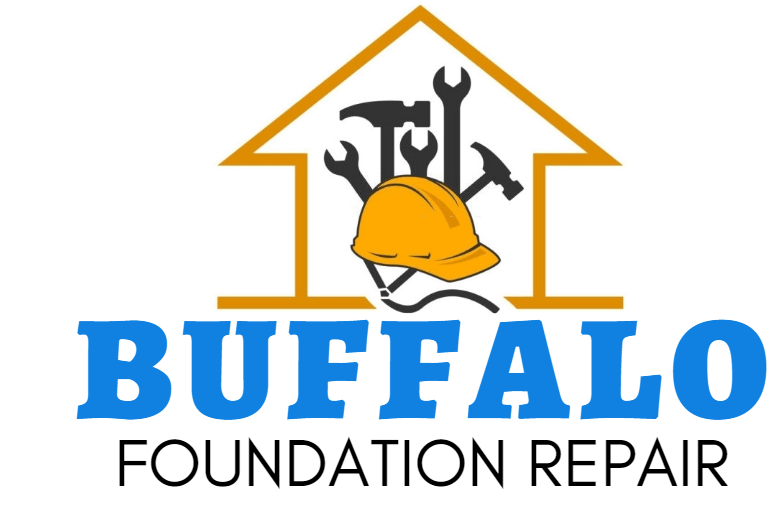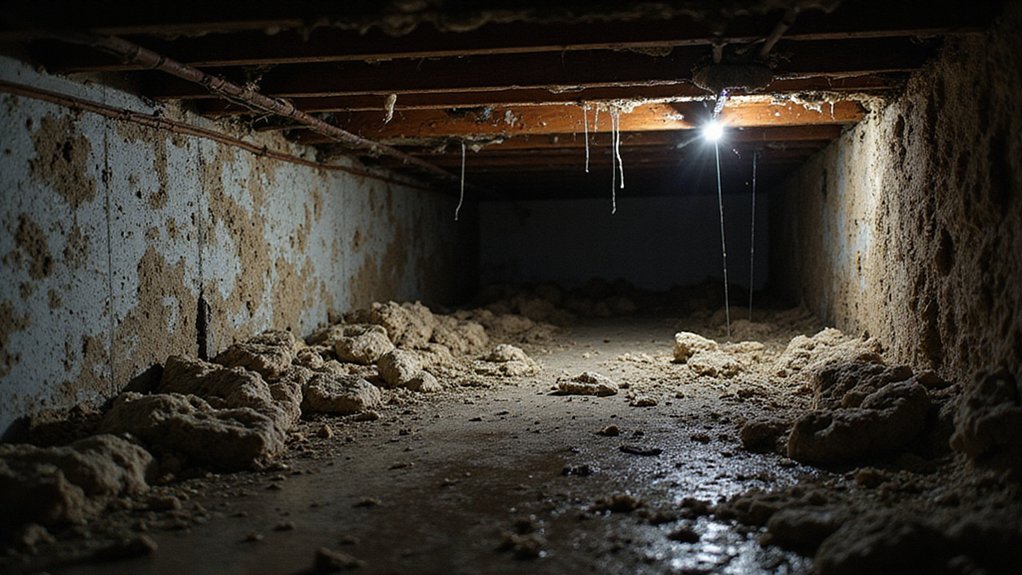A damp crawl space can greatly impact your home’s indoor air quality, leading to serious health concerns for you and your family. Mold, mildew, and pests thrive in these moist environments, releasing harmful contaminants that circulate throughout your living spaces. Addressing the root cause – the underlying moisture problem – is essential to protecting the wellbeing of your household. Understanding the risks and taking proactive steps can help you create a healthier, safer home environment.
The Role of Moisture in Crawl Spaces
Moisture is one of the key factors that can greatly impact the condition of your crawl space. Excess moisture can lead to a host of problems, including mold growth, wood rot, and pest infestations. Drainage systems can be installed as a first step to direct water away from the foundation and crawl space.
Mold and Mildew Growth in Damp Crawl Spaces
When moisture accumulates in your crawl space, it creates the perfect environment for mold and mildew to thrive. Mold and mildew can lead to:
- Musty odors that permeate your home, making it unpleasant and potentially unhealthy.
- Condensation patterns on surfaces, indicating excess moisture.
- Potential health issues, especially for those with allergies or respiratory conditions.
- Permanent answers to main concerns if the underlying moisture problem is not addressed.
Addressing mold and mildew in your crawl space is imperative for maintaining good indoor air quality. Identifying and resolving the underlying moisture problem is the first step to prevent these unwanted growths from compromising your home’s comfort and your family’s wellbeing.
The Impact of Mold and Mildew on Indoor Air Quality
If left unaddressed, the mold and mildew thriving in your damp crawl space can have a significant impact on your home’s indoor air quality. These allergen exposure indicators can release airborne contaminants, which may trigger respiratory issues and other health problems for you and your family.
The musty odor is just the beginning – microscopic spores can circulate throughout your living spaces, compromising the air you breathe. Addressing the root cause, the damp conditions in your crawl space, is indispensable to improving your indoor air quality and protecting your loved ones’ wellbeing.
Respiratory Issues and Allergies Caused by Damp Crawl Spaces
Although you may not see visible signs of mold or mildew, the dampness in your crawl space can still have a significant impact on your family’s respiratory health. Damp conditions create ideal environments for increased asthma triggers, such as:
- Dust mites that thrive in humid areas
- Mold and mildew growth, which release spores into the air
- Bacteria and viruses that proliferate in moisture
Long-term exposure to these pollutants can also increase the risks of developing lung diseases. Addressing the moisture issues in your crawl space is essential to safeguarding your loved ones’ well-being and creating a healthier indoor environment.
Pest Infestations in Damp Crawl Spaces
In addition to the respiratory issues caused by damp crawl spaces, you may also face a troublesome pest problem. Rodent activity and insect infestations are common when moisture builds up in your home’s crawl space. Mice, rats, and insects are drawn to the damp, dark environment, which provides them with shelter and a reliable food source.
These pests can contaminate your indoor air with their droppings, urine, and carcasses, further compromising your family’s health. Addressing the moisture issue is key to preventing pest infestations and maintaining good indoor air quality in your home.
Addressing Damp Crawl Spaces for a Healthier Home
Addressing the moisture issue in your crawl space is essential for maintaining a healthier home environment. By taking proactive steps, you can improve your indoor air quality and create a more comfortable living space.
Install effective ventilation upgrades to promote air circulation and reduce humidity levels.
Invest in moisture resistant insulation to prevent condensation and mold growth.
Implement an extensive drainage system to divert excess water away from your home’s foundation.
Taking these measures won’t only boost your indoor air quality but also protect the structural integrity of your home.
The Importance of Prompt Action for Damp Crawl Spaces
Promptly addressing a damp crawl space is crucial for safeguarding your home’s air quality and overall well-being. Early detection through regular inspections is key.
Excess moisture can encourage mold and mildew growth, which can contaminate the air you breathe. Ignoring the issue risks exposing your family to harmful pollutants that may trigger respiratory problems, allergies, and other health concerns.
Take prompt action to identify and resolve the underlying causes, such as leaks or poor ventilation. Addressing a damp crawl space swiftly helps maintain a healthy indoor environment and protects your home’s structural integrity. Your family’s well-being depends on it.
Frequently Asked Questions
How Can I Tell if My Crawl Space Is Damp?
You can tell if your crawl space is damp by a musty odor presence and the appearance of visible condensation. These signs indicate excess moisture needs addressing to maintain your home’s comfort and air quality.
What Are the Signs of a Potential Mold Issue?
You may have a potential mold issue if you notice visible discoloration or a musty odor. These are signs something’s not right, so it’s best to address it right away.
How Much Does It Cost to Fix a Damp Crawl Space?
The average crawl space repair cost ranges from $2,000 to $15,000, depending on the factors affecting crawl space repair costs like the extent of damage, size of the space, and necessary repairs. You’ve got this!
Can a Damp Crawl Space Affect My Home’s Resale Value?
A damp crawl space can lower your home’s resale value and increase your insurance premiums. The musty odors and potential for mold growth can make potential buyers feel your home doesn’t belong in their dream neighborhood.
How Long Does It Take to Address a Damp Crawl Space?
Addressing a damp crawl space takes time, but timely moisture mitigation and long-term humidity control are pivotal for your home’s value and your family’s comfort. Don’t delay – act now to protect your investment.


Recent Comments